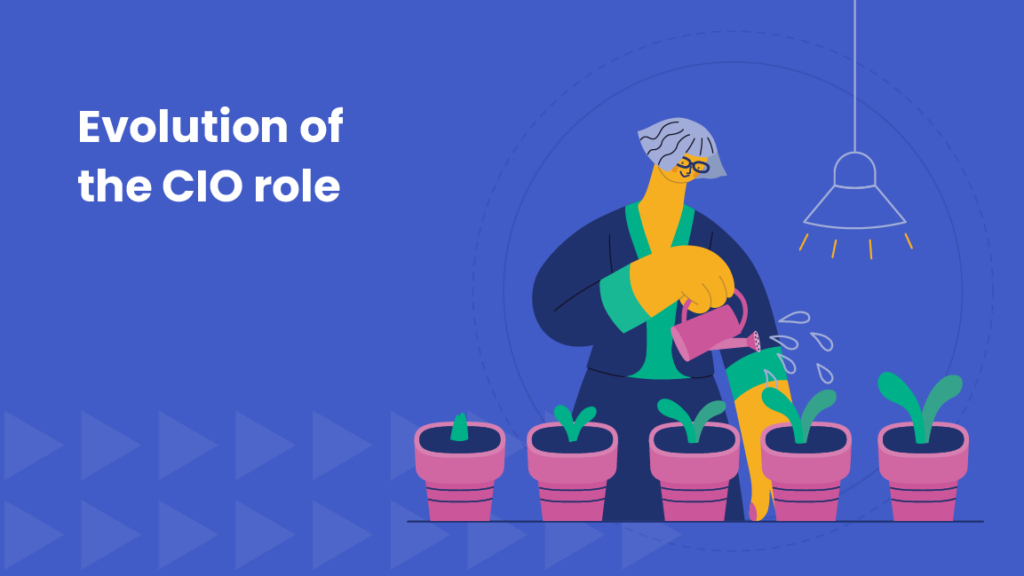How digital government tech helps understaffed teams

The public-sector workforce is changing with impending retirement, employee turnover, and hiring challenges. The result? Agency staffing issues. There were only 195,000 hires in state and local government in December 2022, compared to 575,000 job openings, according to the U.S. Bureau of Labor Statistics.
Understaffed teams, a public-sector problem
Unlike the private-sector, the public-sector hasn’t been able to recover employees lost during the COVID-19 pandemic. In fact, state and local government had 363,000 fewer employees in January 2023 than in January 2020. Driven primarily by retirement, burnout, and compensation issues, 52% of government employees at the state and local level considered leaving their job during the pandemic.
Because the work of agencies is so critical (and never-ending), understaffed teams wreak havoc on government offices. Some issues that result include:
- High workplace stress: An overworked and overwhelmed staff leads to burnout, employee turnover, and accidents
- Delayed service: Deadlines become harder to meet
- Poor customer service: Understaffed teams will experience a drop in productivity and work quality
Current approaches to address these include raising salaries, hiring bonuses, revisiting job requirements, and changing educational requirements. But these aren’t all permanent fixes.
Leveraging tech: the modern solution
The future of state and local governments is data-centric and analytics-driven — and future public-sector employees will be at home with digital solutions. The modern approach to improve workforce satisfaction and addressing government issues (like understaffed teams) is to leverage technology and embrace digital government.
First and foremost, it’s important to emphasize that machines will not replace humans but will help with tedious and repetitive tasks, ultimately freeing up hours for reallocation. Technological automation, AI, and other digital government services can reduce the effect of staff shortages. And transitioning from a paper-based system to a digital system reduces the time required for manual supervision and in-person interactions. This means more hours and energy towards what really matters.
Leveraging technology frees up people and time for more high-value projects, improving human productivity and increasing operational efficiency. Agencies adapting through digital solutions will reduce the effects of staff shortages while ensuring employee and resident satisfaction.
How a digital solution helps government agencies
An effective digital solution increases agency efficiency, allows employees to work on more satisfying projects, and improves resident satisfaction.
More specifically, access to real-time data helps agencies manage accounts quicker and more reliably. And a customer relationship management (CRM) solution helps agencies make informed and confident decisions — which makes it easier to build meaningful connections with residents and drive adoption.
Your agency could also offer chatbot guides to save employees time on basic customer service inquiries. Similarly, digital payment platforms allow residents to enjoy more convenience while agencies cut manual work (and collect revenue quickly).
And if you want to take self-service a step further: Digital licensing and permitting (which includes hunting and fishing licenses, business licensing, online event registration, etc.) streamlines operations, saving agencies processing time and billing costs.
Similarly, digitized utilities management gives agencies a way to efficiently communicate usage, urgent news, and payment reminders automatically. Residents can monitor their accounts and self-serve through a digital account, requiring less manual labor from agency staff (so they have more time to reinvest in aspirational projects).
The common conclusion? Employees can focus on what’s actually important, and residents have better experiences.
Looking for more content?
Get articles and insights from our monthly newsletter.




